With great joy, I hold the copy of Blade Runner RPG, published by Free League Publishing, which I thank infinitely for sending us their new product so that we can tell you about it in this review.
If you want to buy the core book after reading this article, it is available in the publisher’s store at the price of 46.40 euros. However, Free League is used to spoil us; in the same editorial line, there are in fact not only the master’s screen and the starter set, as already seen for Alien RPG, but also a luscious bundle that includes: the core book, the starter set and master’s screen at the price of 98.35 euros. Each product includes both physical and digital copies and the module for Foundry VTT is also available, as usual.
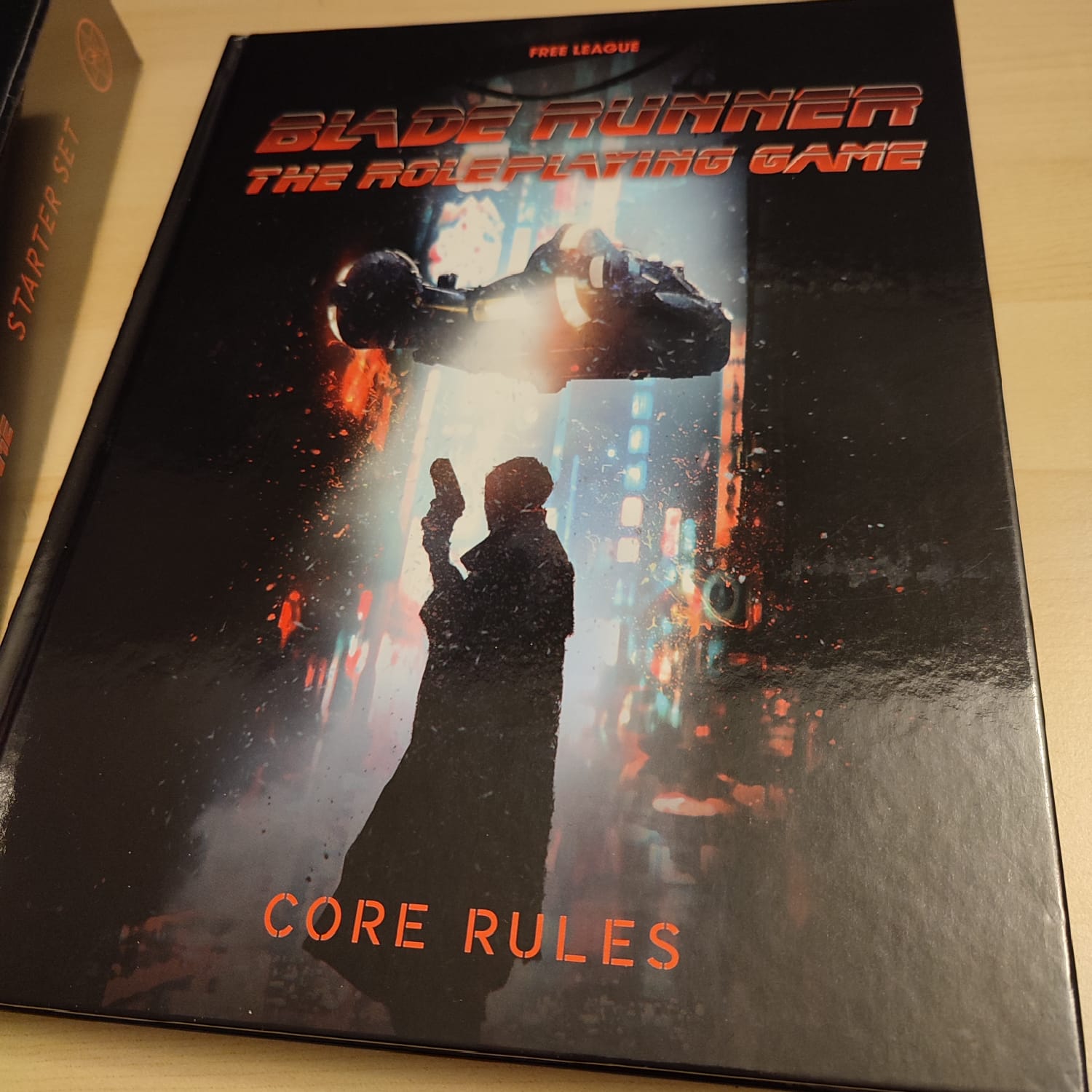
The Weight of an Important Name
If a project on the Kickstarter platform is financed in less than three minutes, as in the case of Blade Runner RPG, there can be two reasons: a strong fan base linked to the film (or story) or deep trust in the quality of the work of the publisher. Anyone who has ever purchased one of the games produced by Free League Publishing knows that quality is always one of the strong points of their work. The fear that something could go wrong, however, remains, like a thin and insinuating voice, when you go to touch sacred monsters like Blade Runner.
I’ll explain. The perfect game doesn’t exist: there are games that we like for the setting but that perhaps have somewhat tricky rules; there are games with streamlined and performing systems with poorly maintained settings; there are games based on products that we love madly and so we make almost every imperfection go well. Then there’s Blade Runner RPG.
However, let’s see in more detail, analyzing them in this review, what are the strengths and the few, very few, weaknesses of Blade Runner RPG.
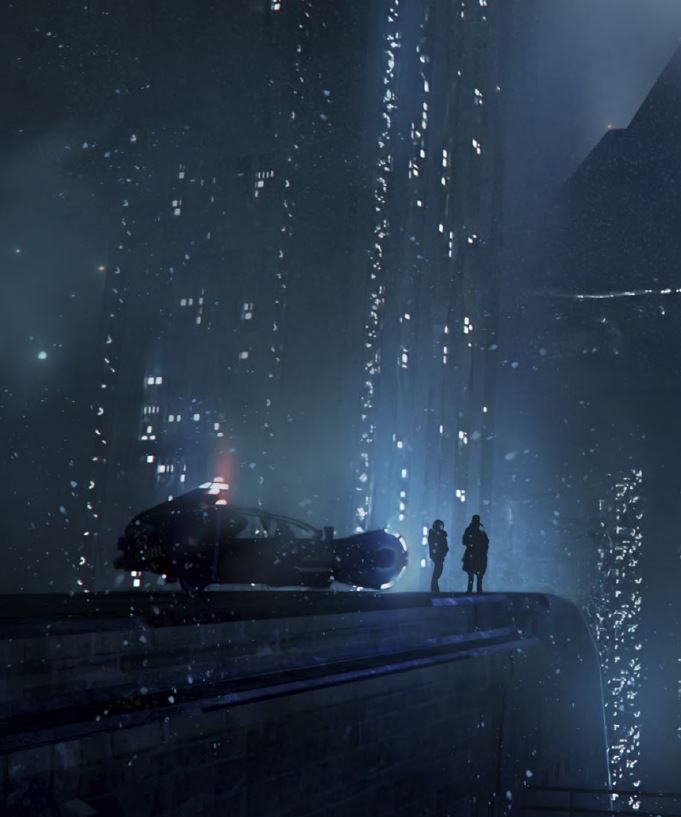
Usual Year Zero Engine, but even better
Free League has accustomed us, with very few exceptions, to games that take advantage of the Year Zero Engine game rules. One might expect a game system that is so many years old (and has so many uses) to start creaking at some point. I am very happy to be able to say that the YZE holds up perfectly over the years and games. Furthermore, once again, Tomas Härenstam has succeeded in adapting one of the most immediate and effective systems on the market to the mood and tension of the setting, starting from the version of the system developed for Twilight: 2000.
Instead of rolling a pool of six-sided dice (representing the sum of attribute and skill values) to get as many sixes as possible, players roll just two dice, which can also be d8, d10, or d12; the better they are at something, the more faces the die will have. In addition, rolling a 10 on a single die grants the character two successes.
In the core book, there is a table to identify the successes for each possible combination of results on the dice. If a 1 comes out it is considered a failure but it is always possible to risk by tempting luck and re-roll all the dice that do not have a 1 as a result. Thus, it is possible to transform a failure into a success; however, if a 1 is rolled again, one suffers physical damage or increases stress depending on whether one is facing a physical or mental test.
Differences with the Other Year Zero Engines
Unlike other games of the Swedish publisher (such as Alien RPG), here are not defined a large number of examples to detail the failures. On the other hand, however, there is a list of Specialties for the character, which depends on how many years he is in the police force dedicated to the withdrawal of the Replicants. Specialties are minor tricks, moves, and abilities that grant the character a small advantage.
Unlike Alien RPG, here we will have all the ammunition we need, and the combat, even if thought out in zones, can be easily managed with the theater of the mind. As we’ll see in this review, Blade Runner RPG doesn’t put the focus on combat.
The Blade Runner RPG Timeline
https://en.wikipedia.org/wiki/Blade_Runner_2049lade Runner RPG, the role-playing game protagonist of this review, is based on the timeline of the films Blade Runner and Blade Runner 2049. It is an essential distinction to make because in the game there is no reference (not even in the credits) to Philip K. Dick, author of the short story Do Androids Dream of Electric Sheep? from which Ridley Scott took the cue for the 1982 film. Without going into too much detail, I can say that Scott’s film and Dick’s story have important differences, starting with the setting. While the writer’s work recounts 1992 in San Francisco in an almost desolate bay, the film (which also lacks the figure of the protagonist’s wife, important for the narration of the story) moves instead into a chaotic and decadent LA 2019.
So if you haven’t read the story don’t worry, but I highly recommend watching both films to get an idea of the mood and technology presented in the game. We must also consider that the timeline of the game is placed between the events told in Blade Runner and those told in Blade Runner 2049 and, to be precise, we are in 2037.
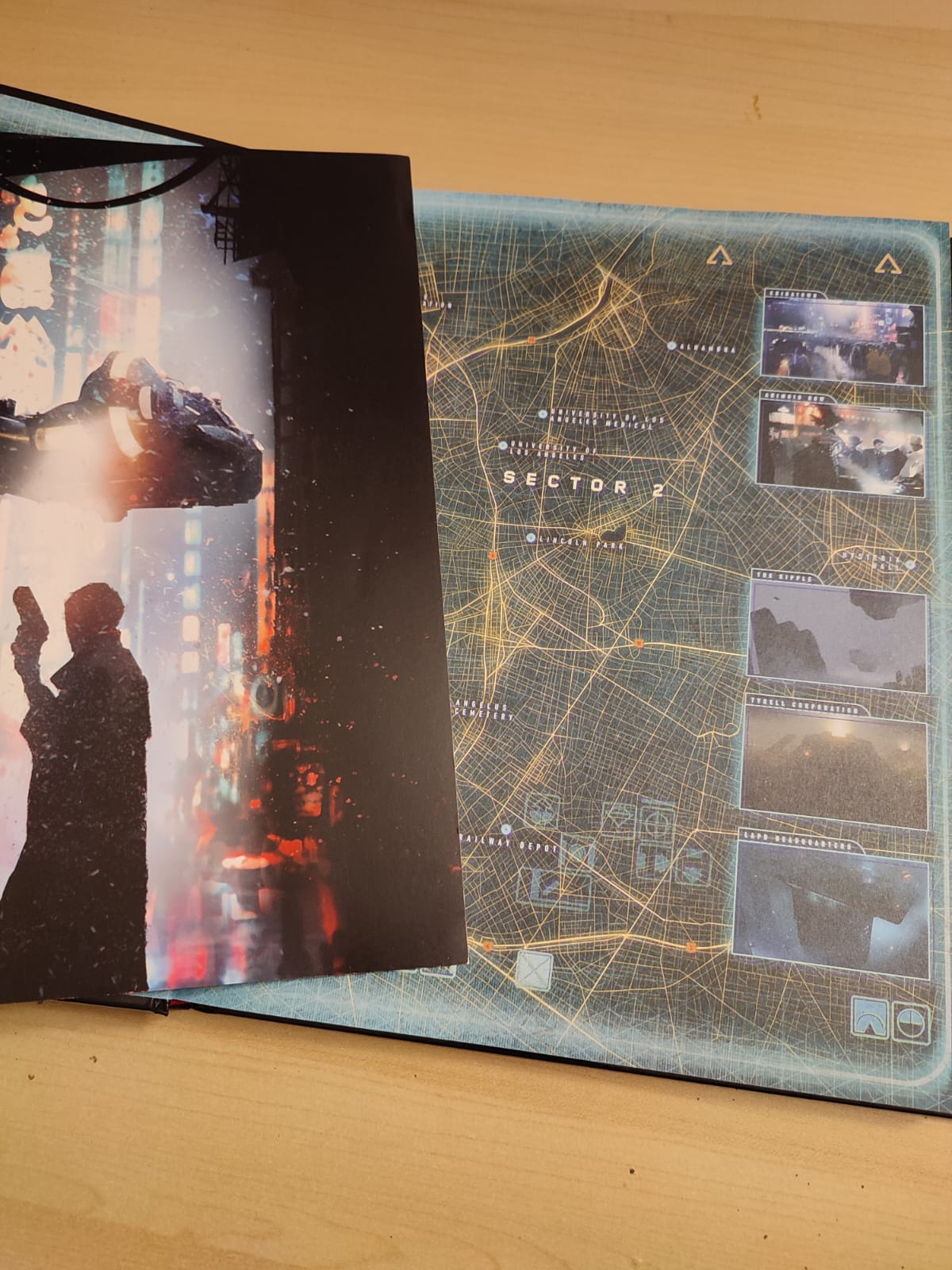
To assist players and the Game Runner, the game master’s name in the game, there is a handy summary of events from 1980 to 2037. I’ll quickly summarize the timeline as it relates to the various generations of Nexus Replicants. This is how I’ll take stock of the situation, before going into some important elements in detail in this Blade Runner RPG review.
A Chilling Setting
The world as we know it began to collapse in the 1980s but it was in 2019 that the ecosystem suffered a large-scale meltdown. Corporations began to dominate ever-larger cities. Technology has made such leaps forward that human-like robot, called Replicants, have been employed to do much of the manual labor. During the same period, the upper echelons of society moved to the off-world colonies. But do not think that you can leave the Earth; the characters are firmly anchored in Los Angeles and its grimy dynamics.
Mankind has perfected robotic beings by creating the Nexus line which, one generation after another, has come closer and closer to human being. A striking example is the Nexus-6 generation, which requested to be retired due to behavioral flaws. A special police squad called Blade Runners was created for this purpose. But the technology didn’t stop and so a generation of Nexus-7 and then a Nexus-8 was created. Both models were not adequate to the needs while making clear improvements over the previous generation. The turning point came in 2036 thanks to the mega-corporation Wallace, who created the Nexus-9 generation. These Replicants are the safest and absolutely indistinguishable from humans; moreover, they have internal protocols that make them loyal and perfect for handling dangerous situations on Earth and in off-world colonies.
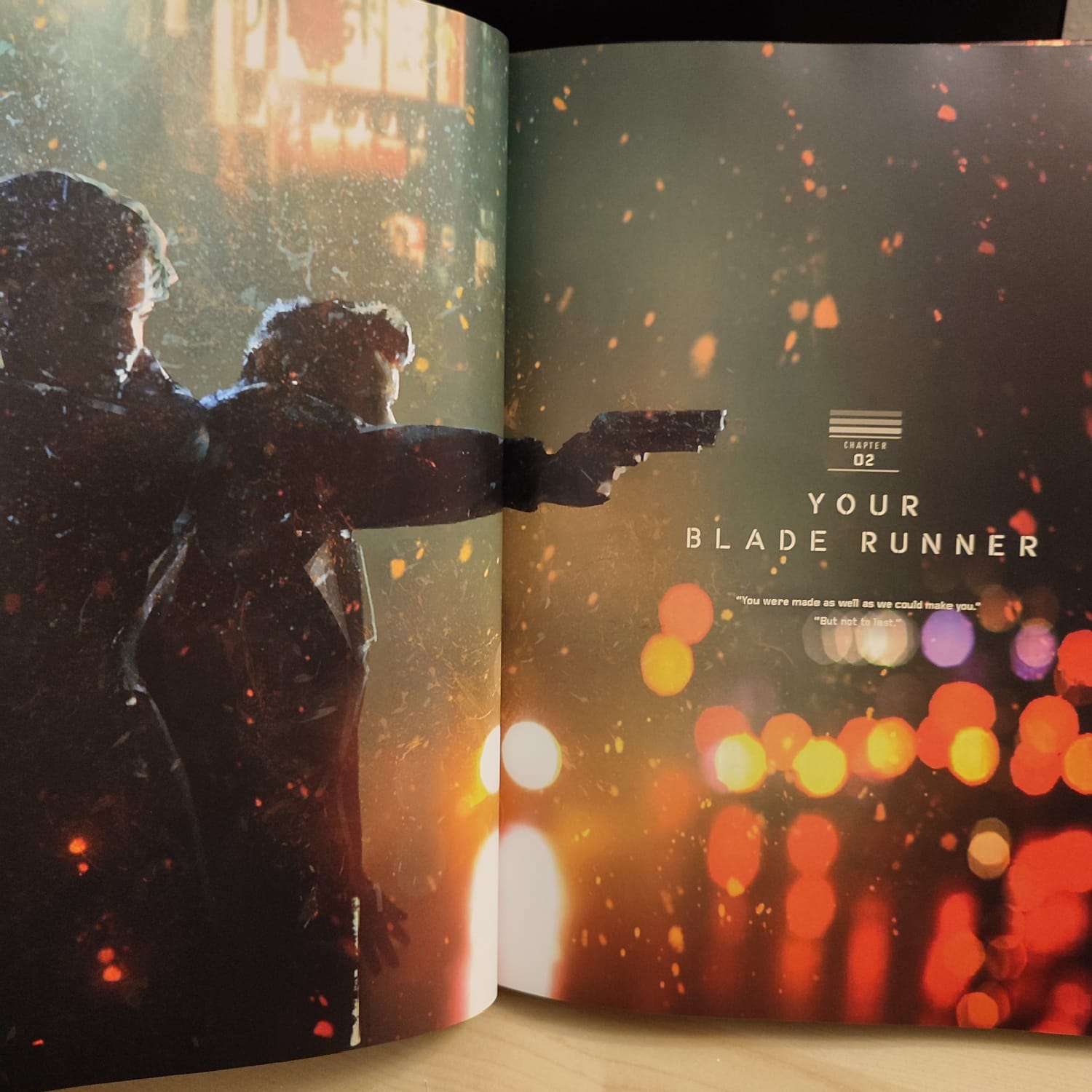
Los Angeles in 2037, the year in which Blade Runner RPG is set, is a city with more than 30 million inhabitants. Millions of Nexus-9s are among them, though only Wallace knows exactly how many. In nature, there are no more plants or animals and the latter, in their pet version, are robotic.
Humans or Replicants?
I think a large part of the sense of the game can be traced back to the meaning of the word Blade Runner; the definition given at the beginning of the manual comes to help us. This is the colloquial nickname given to the specially trained human and Replicant members of the police unit established to uphold and enforce UN regulations regarding the domestic use and abuse of Replicants and other monitored entities and technologies deemed as public safety threats within Earth borders. It is therefore clear that in the game we will be able to choose to be human or Replicants, specifically Nexus 9 Replicants, completely indistinguishable on a physical and mental level. Nexus-9s have memories and emotions, and most are unaware that they are Replicants.
Here is the turning point of the game, in the game. The player can choose whether his Blade Runner character is a human or a Replicant and, in the latter case, whether he is aware of it or not. This dynamic allows the Game Runner to set a certain level of tension and to throw on the table, at the right moment, the revelation with all that it entails. It is therefore evident that this places the accent on the dynamics between characters and on the relationship they have with society. Blade Runner RPG, therefore, paves the way for an introspective analysis of the characters and their condition in a society that sees them as hunters and prey at the same time. The whole game revolves essentially around the tension between humans and Replicants.
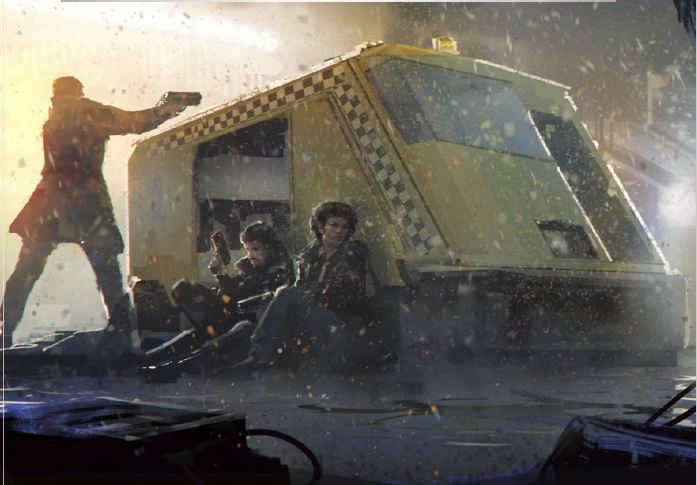
The choice is important and must be the first step in filling out the character sheet. A simple and functional sheet, typical of the Year Zero Engine, but which also reserves pleasant surprises.
Blade Runner RPG Characters
Character creation has been simplified compared to the original rules; in any case, it is still based on the choice of one of the archetypes proposed in the manual. In Blade Runner RPG there are seven in total, with some minor limitations. If you decide to play a human character, there are only six archetypes available and only five if the character is a replicant. This is because some are specific; For example, Doxie is reserved for replicants, while Skimmer and Cityspeaker are only for humans.
Archetypes work a bit like in Vaesen: they identify an attribute and key skills. However, here we are not dealing with real obligations, but rather with suggestions for building character. One of the choices to make is how many years the character has been working in the LAPD unit. More years of experience grant fewer points to spend on attributes (Strength, Agility, Intelligence, and Empathy), but, on the other hand, grant more experience and a higher number of specialties, Promotion Points, and Chinyen Points. Replicant characters start with one Promotion Point (representing the character’s career) short, which means they can start with zero Promotion Points. After all, the Nexus-9 has only one year of life; despite being implanted with human memories, they therefore cannot have entered the LAPD for over a year.
Chinyen Points represent money owned by the character. Blade Runner RPG, as we’ll see in this review, doesn’t push for timely money management. In principle, the characters will have enough Chinyen, the currency used in Los Angeles, to manage their daily expenses. For any large expense, you need to spend Chinyen Points and roll for the Connection skill
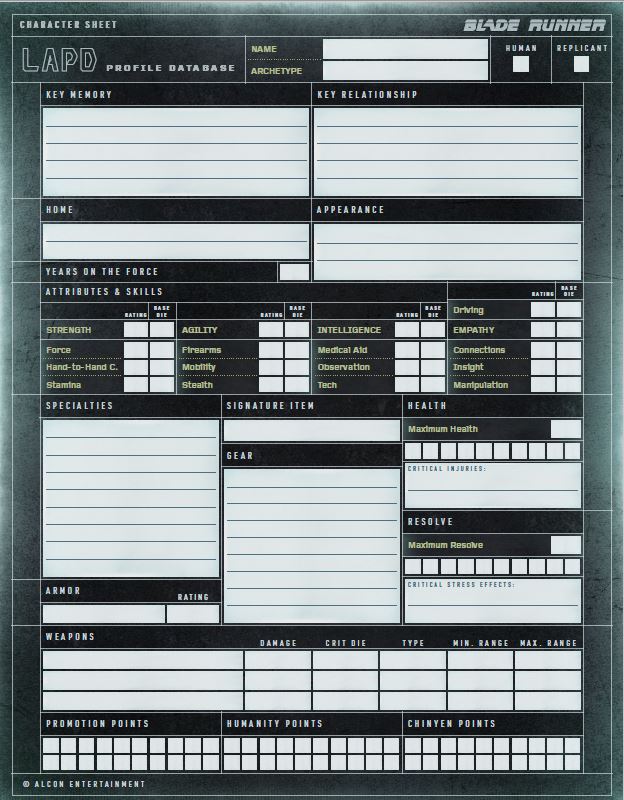
Review of Management of Skills and Levels in Blade Runner RPG
As we will see in this review, Blade Runner RPG has a slightly different character sheet than other games that use the Year Zero Engine. The distribution of points in the attributes is classified according to the degree of proficiency in an alphabetical scale from A to D. This subdivision transcodes the size of the die to be applied in the roll. A proficiency level D in a certain skill means that a d6 will be rolled, and a proficiency level A means that a d12 will be rolled. The die size of the characteristics also serves to define the character’s Health Points and Resolve Points.
There are 13 skills in all, twelve of which are tied three by three to each attribute, plus Driving. Each skill starts from a level of proficiency D, therefore with a d6 as a basis to which the points defined by the archetype must then be added. In this way, you can improve the level of proficiency of the character in the skills that are considered most important.
Ties to the Game World
Key Memory and Key Relationship are two important elements to fill in the character sheet; these are two extremely functional sections for the development of the game. Key Memory is a memory of the character, it is composed by shooting on 4 tables in order to build the details. In terms of game rules, it indicates a focal point of the character’s personality and can be used once per session to increase the chances of success in a skill roll, after explaining to the Game Runner how memory helps the character.
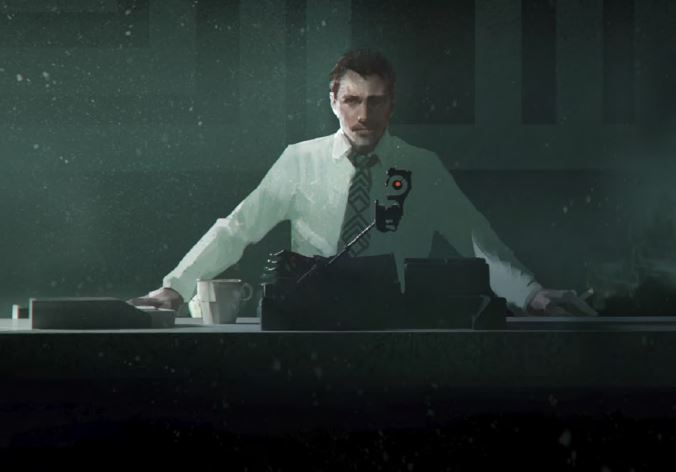
Key Relationship instead represents the bond with an NPC who, for whatever reason, plays an important role in the character’s life. The Game Runner will use this report to create events within the game. Interacting with that particular NPC will earn Humanity Points for the character. Humanity Points can be spent to improve character abilities. It, therefore, becomes evident how the game works on two fronts for the growth of the character: his climb in the LAPD, represented by the Promotion Points, and his personal growth, represented by the Humanity Points.
The character sheet must then be completed in the last details, no less important for the development of the game. In addition to the description of the character and the choice of his name, it is necessary to define his home. LAPD grants housing to the Blade Runners but whether it is an apartment in Sector 5, given for use by the department, or a different house is up to the player. The last details are given by the character’s equipment.
Running the Chase
We have seen how, in Blade Runner RPG, the characters are agents in search of Replicants to retire them. The chase, therefore, becomes a very important element in the development of the plot. In order to better manage this dynamic, “maneuvers” have been defined which must be chosen in secret by the players and then displayed at the table to define the sequence of events.
The Game Runner has the task of introducing the obstacles, divided according to the situations into: obstacles on the ground, obstacles for vehicles and aerial obstacles. In fact, we must not forget that the Blade Runners are equipped with spinners (flying cars).
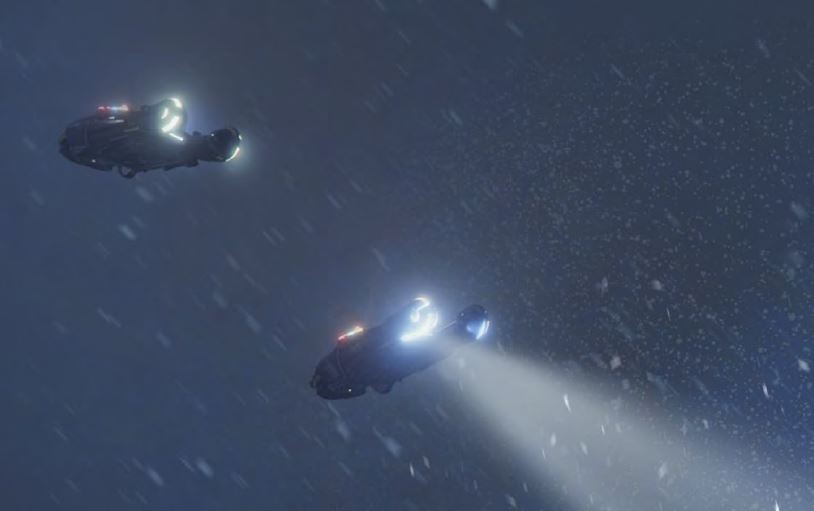
Solving Cases is not the Focus
Although the structure of the game involves solving cases and the chase for Replicants (identifying it as a detective game), Blade Runner RPG is, from my point of view, more than that. The game focuses on the same fundamental questions as the film. What does it mean to be human? If we are able to create a perfect copy of a human being, to what extent is that copy human? If we can add, delete, and change memories, what are memories then, and what do they mean?
This choice, fundamental in terms of setting if you know the movies, makes Blade Runner RPG an extremely specific game. The mood and the mechanics serve to frame that type of storytelling and introspection. Such a precise area probably helped to make the game mechanics more punctual but, perhaps, risks making it a niche game. Obviously, each group approaches the sessions of this role-playing game as best suits its members, but putting this aspect into the background risks weakening an important aspect of the gaming experience.
Blade Runner RPG Aesthetics review
Free League Publishing once again gives us a very high-level manual. Blade Runner RPG is beautiful just to look at. The glossy paper pages capture the color and bring out the incredible illustrations by Martin Grip, which we have already had the opportunity to appreciate in Alien RPG and in Symbaroum.
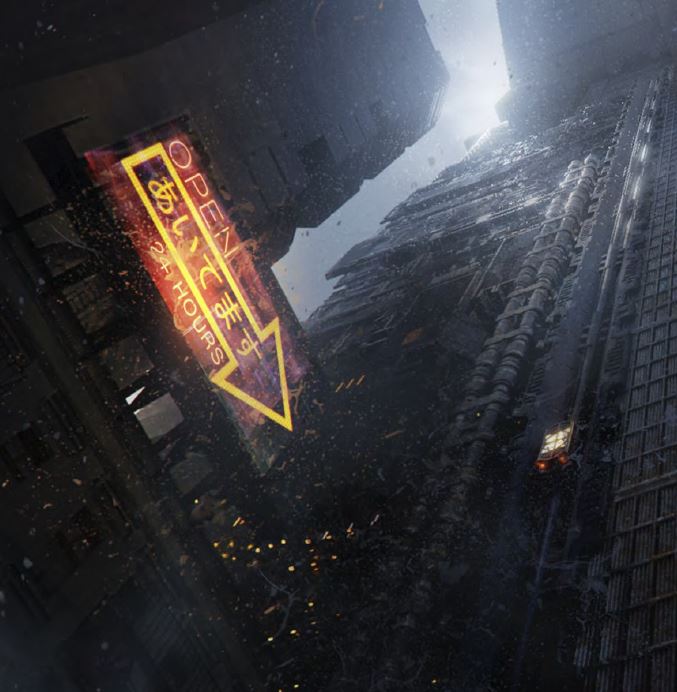
Text divided into two columns is mainly boxed. The choice greatly helps in reading and to identify topics as you scroll through the pages. Overall it is a decidedly beautiful volume to read and particularly valid in terms of aesthetics.
If I have to find a fault with Blade Runner RPG, it’s the font size, a bit small for effective reading in any light condition. The difficulty is resolved in any way with the digital version.

